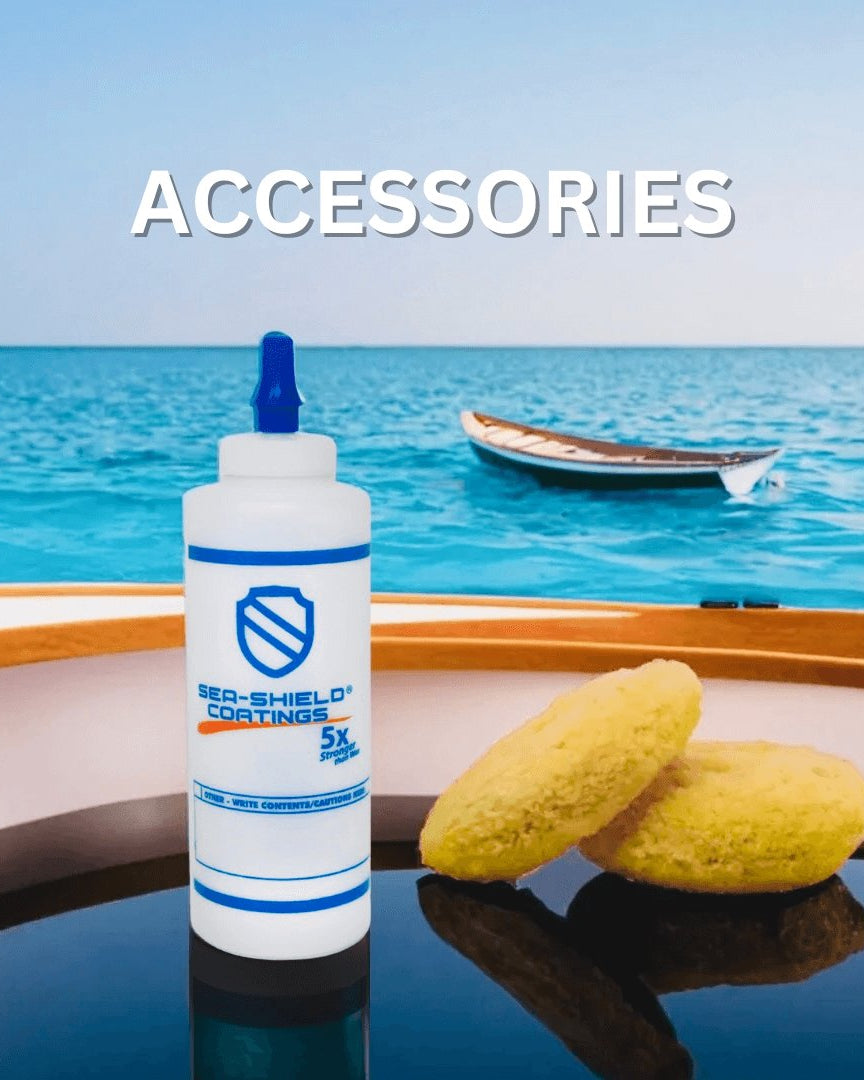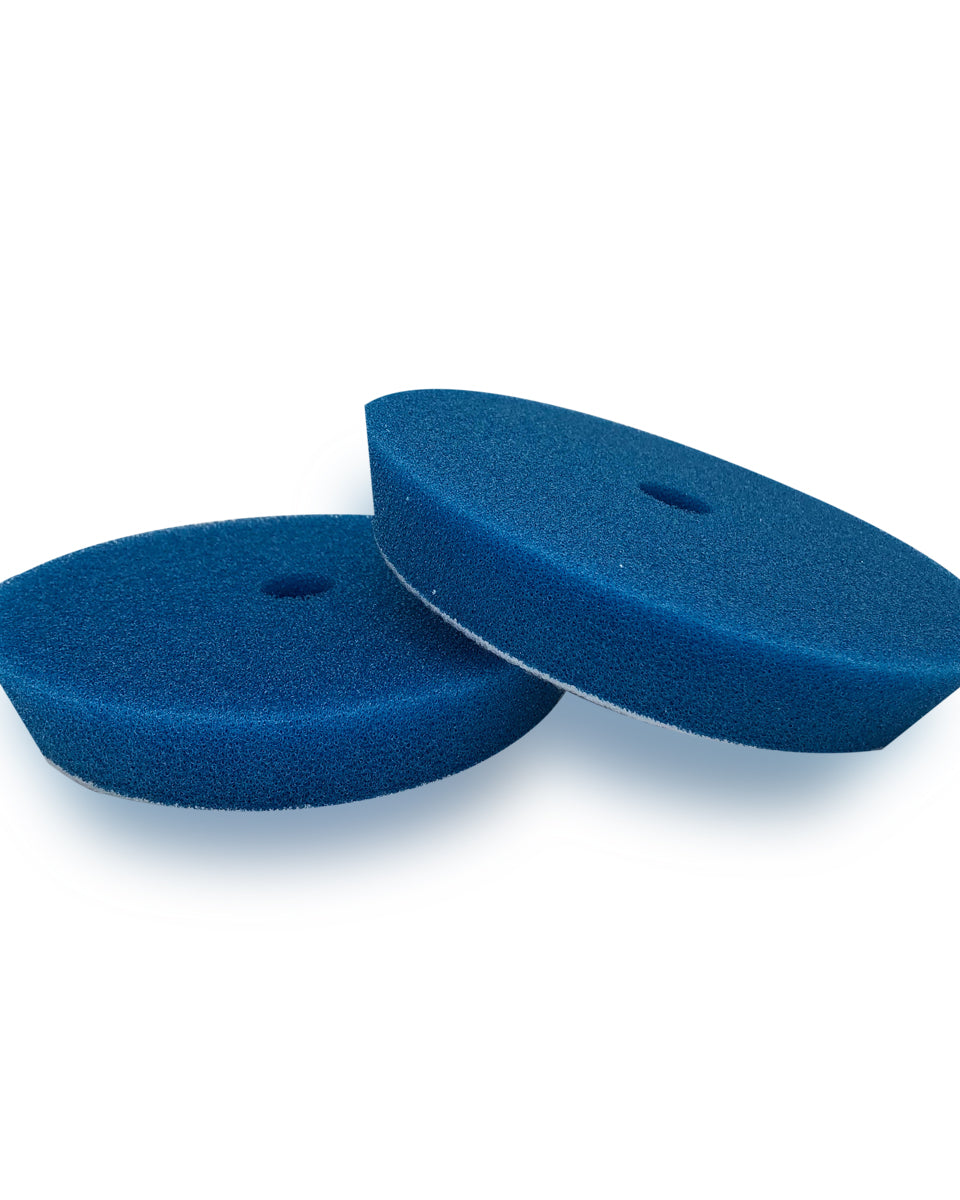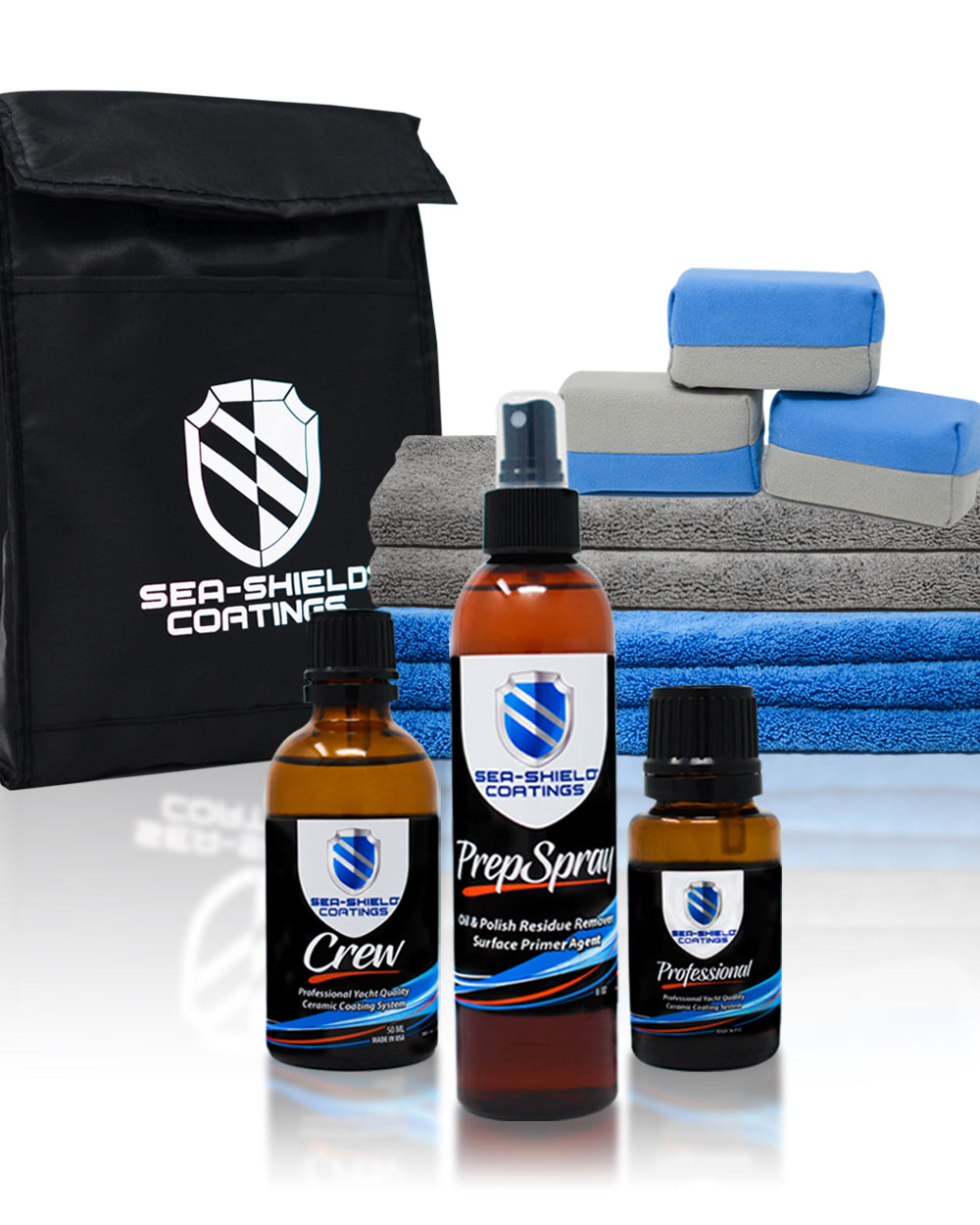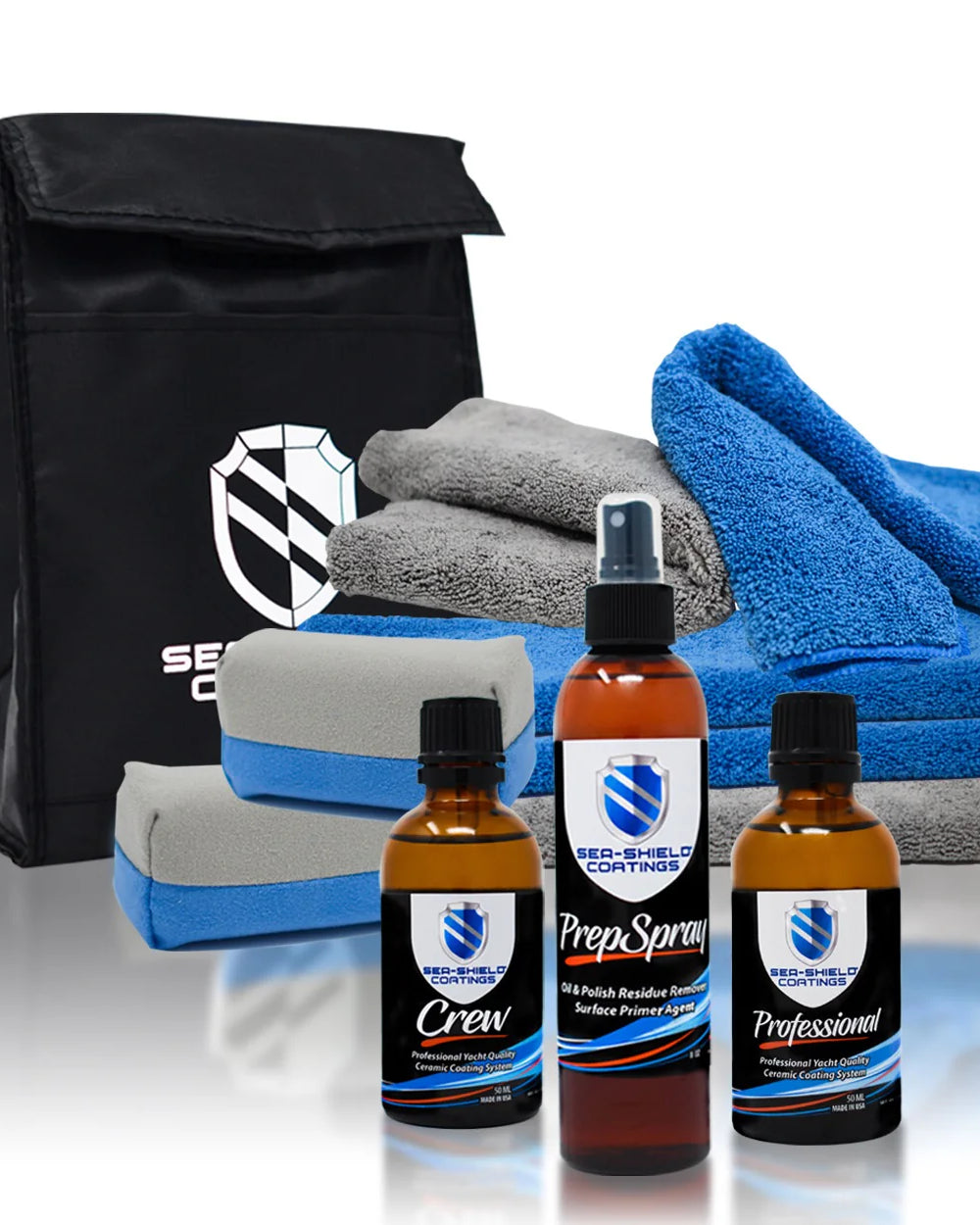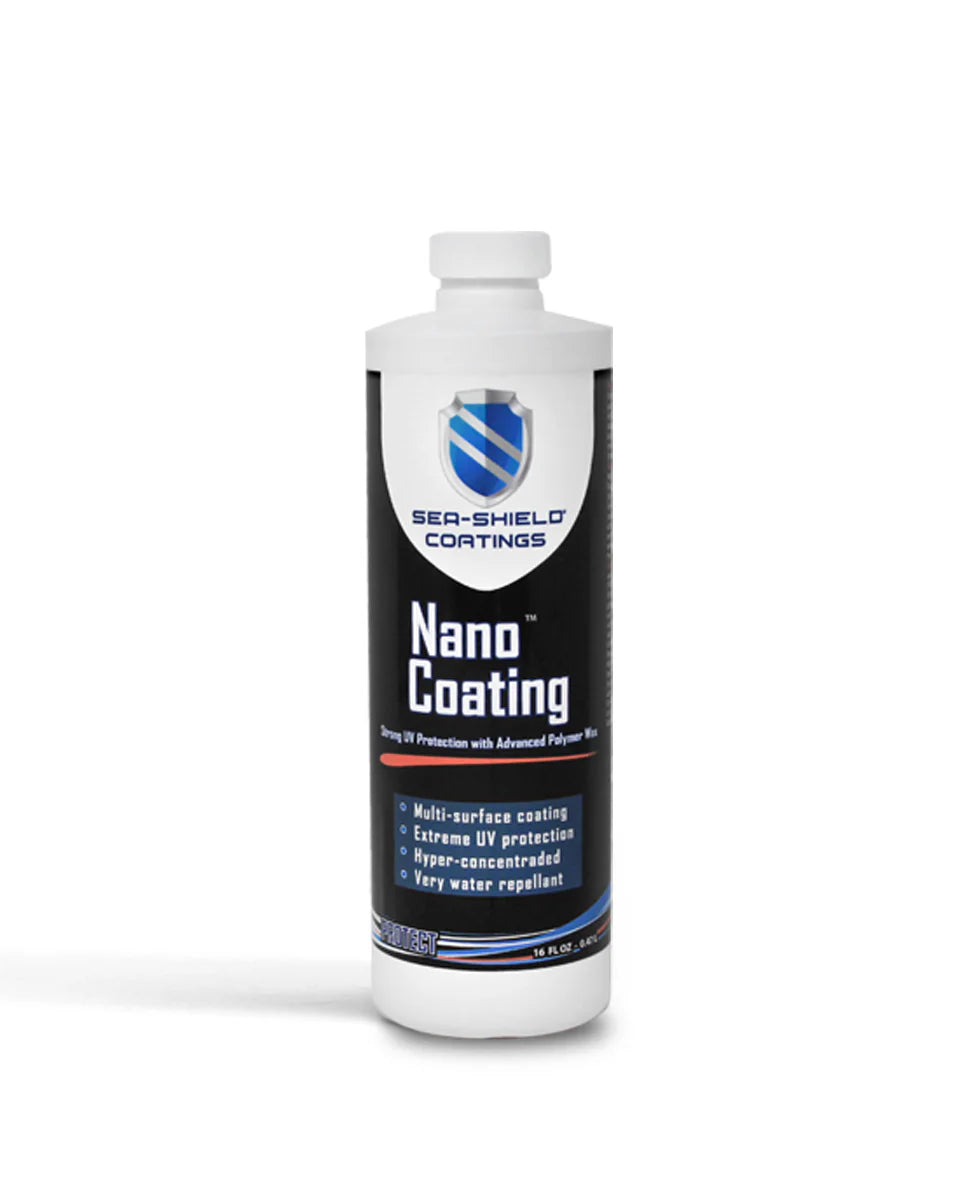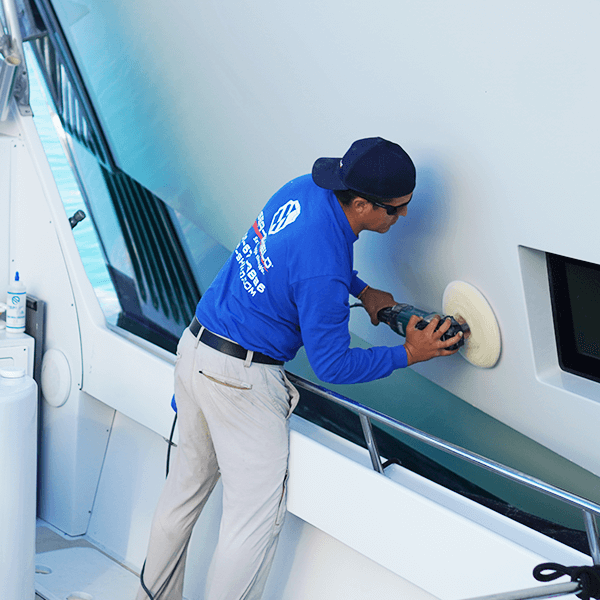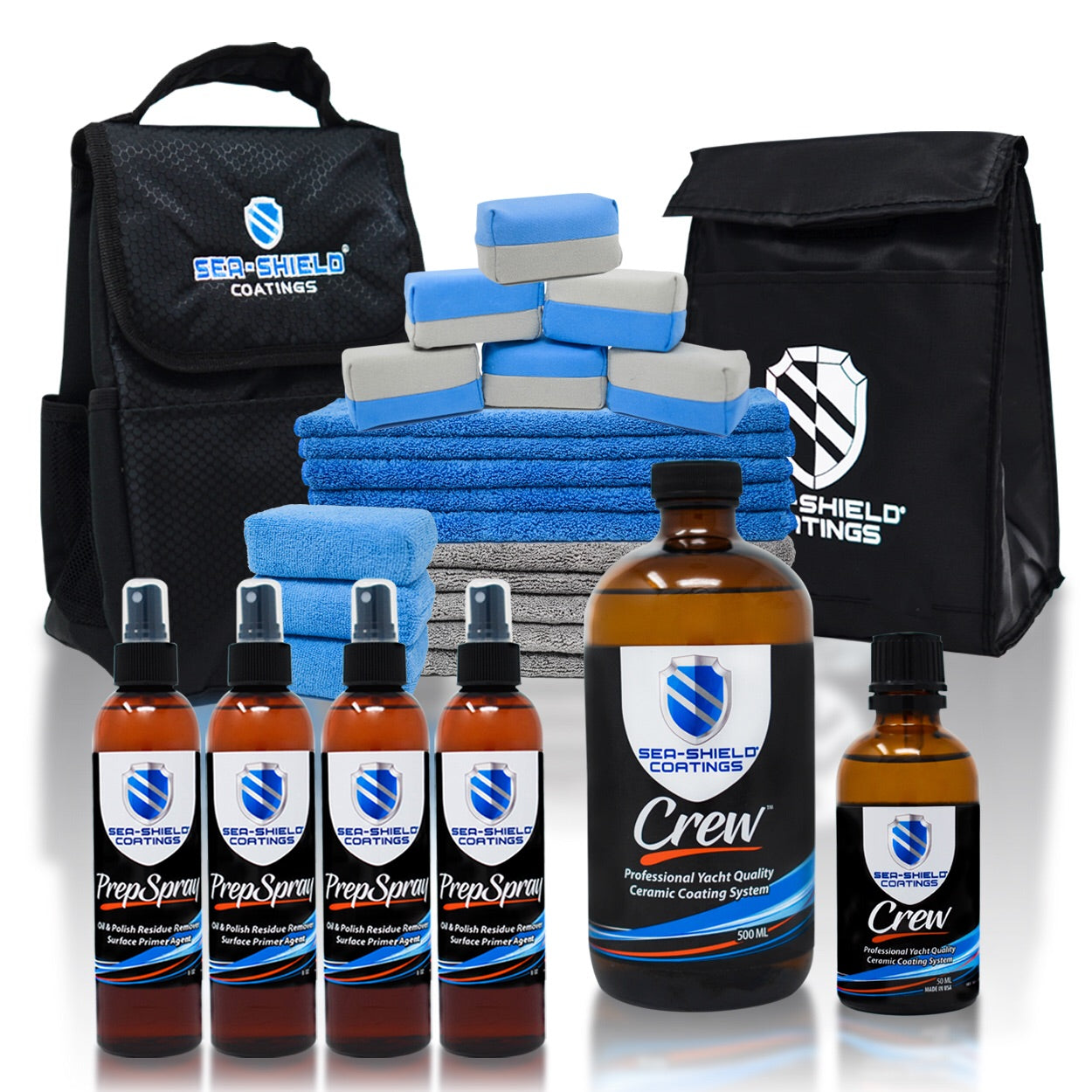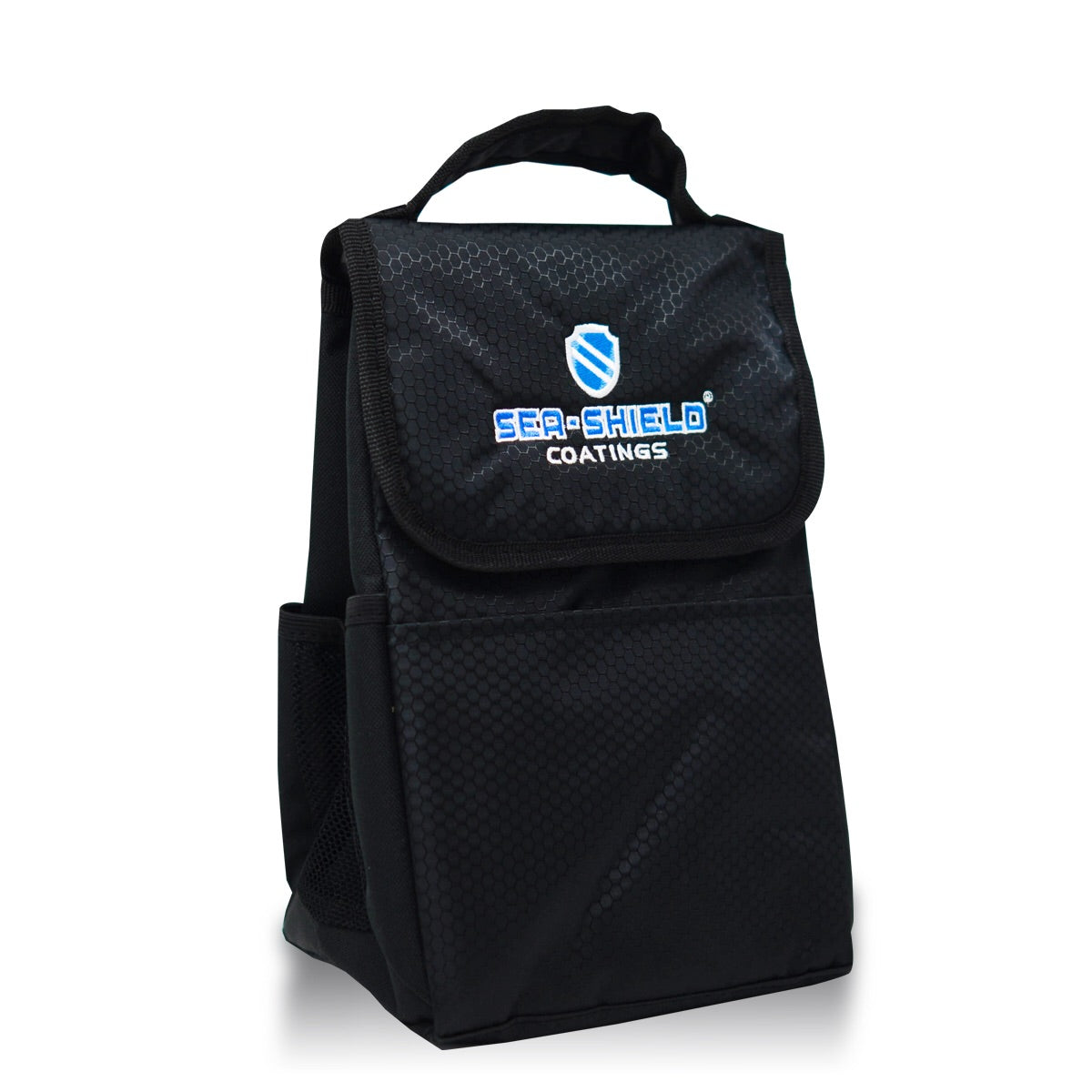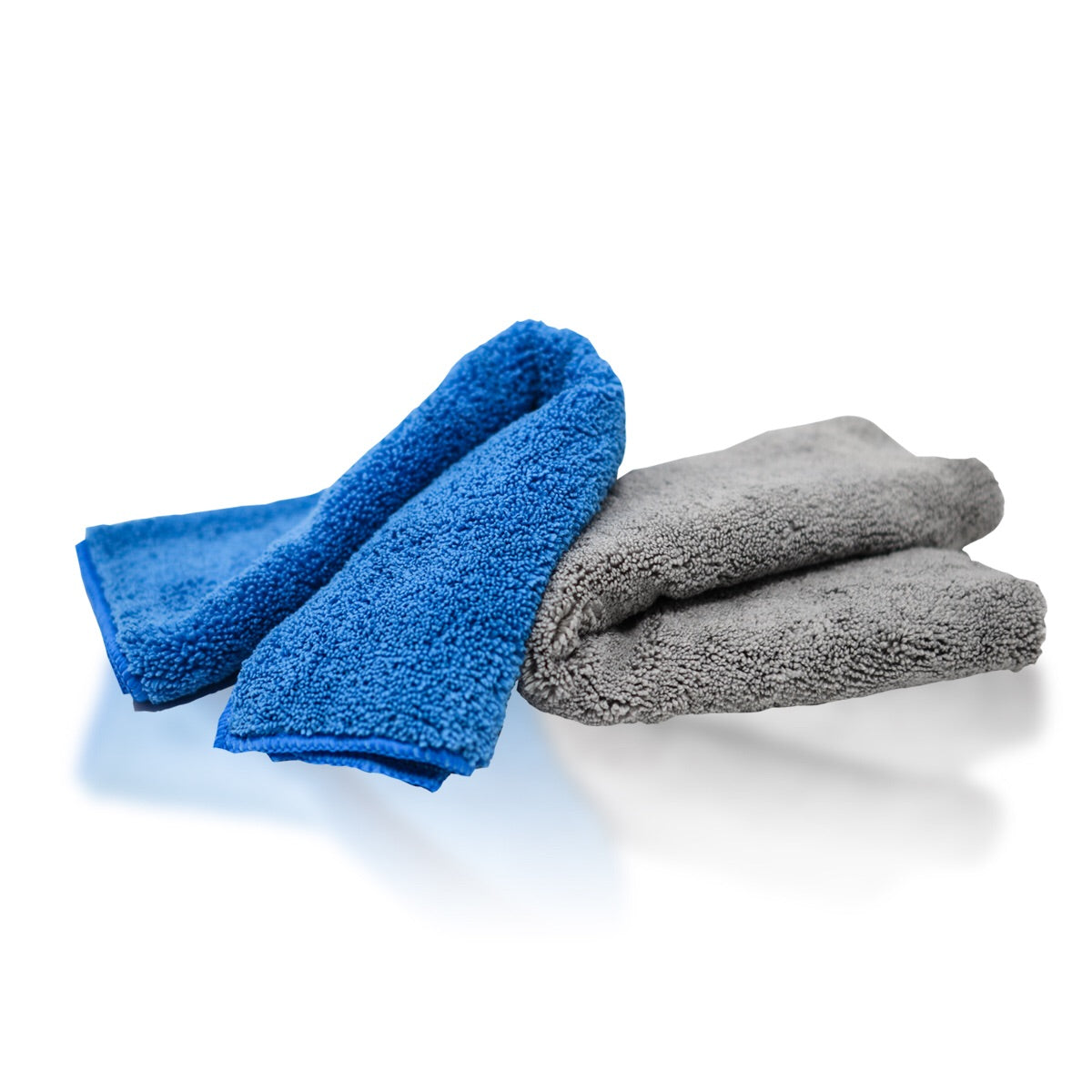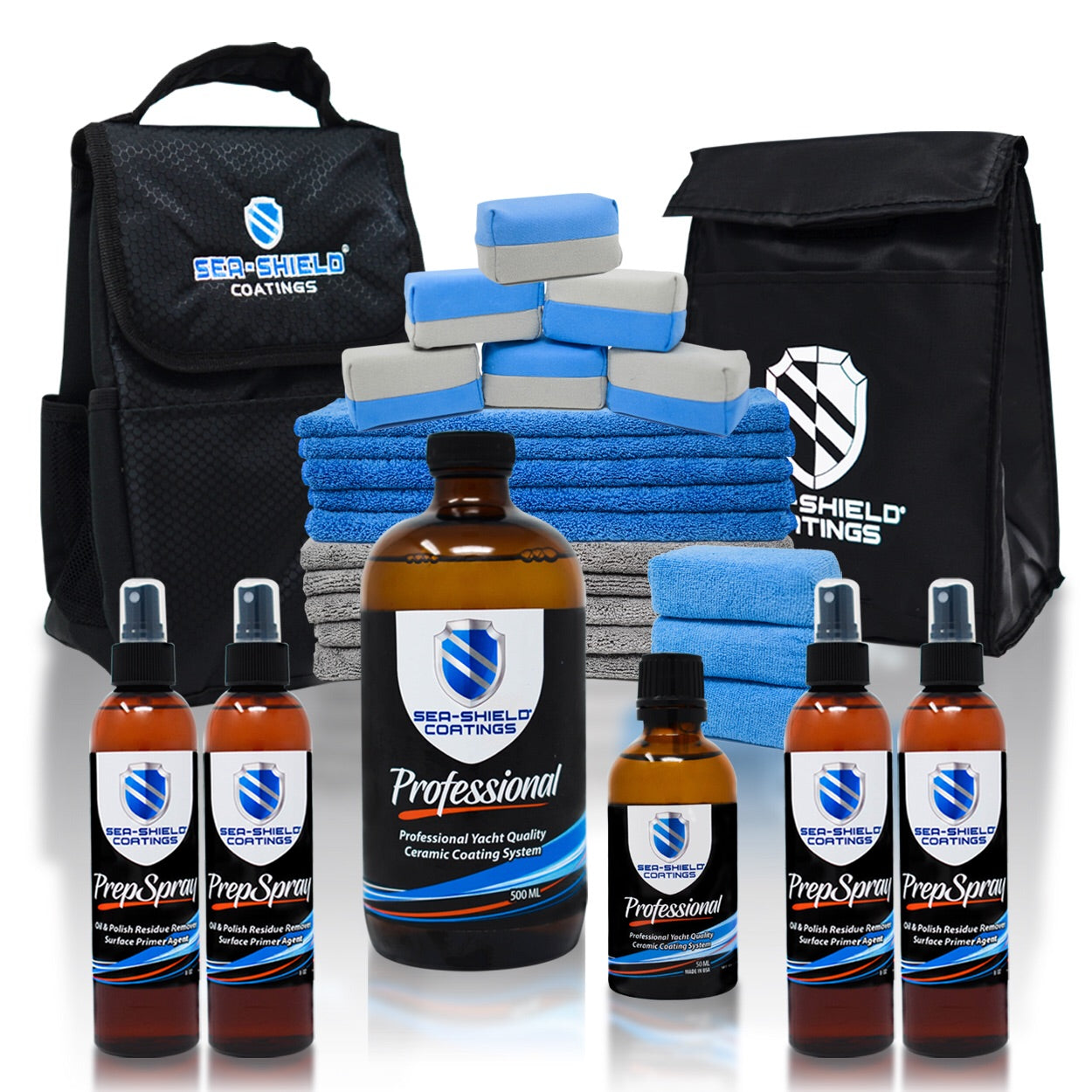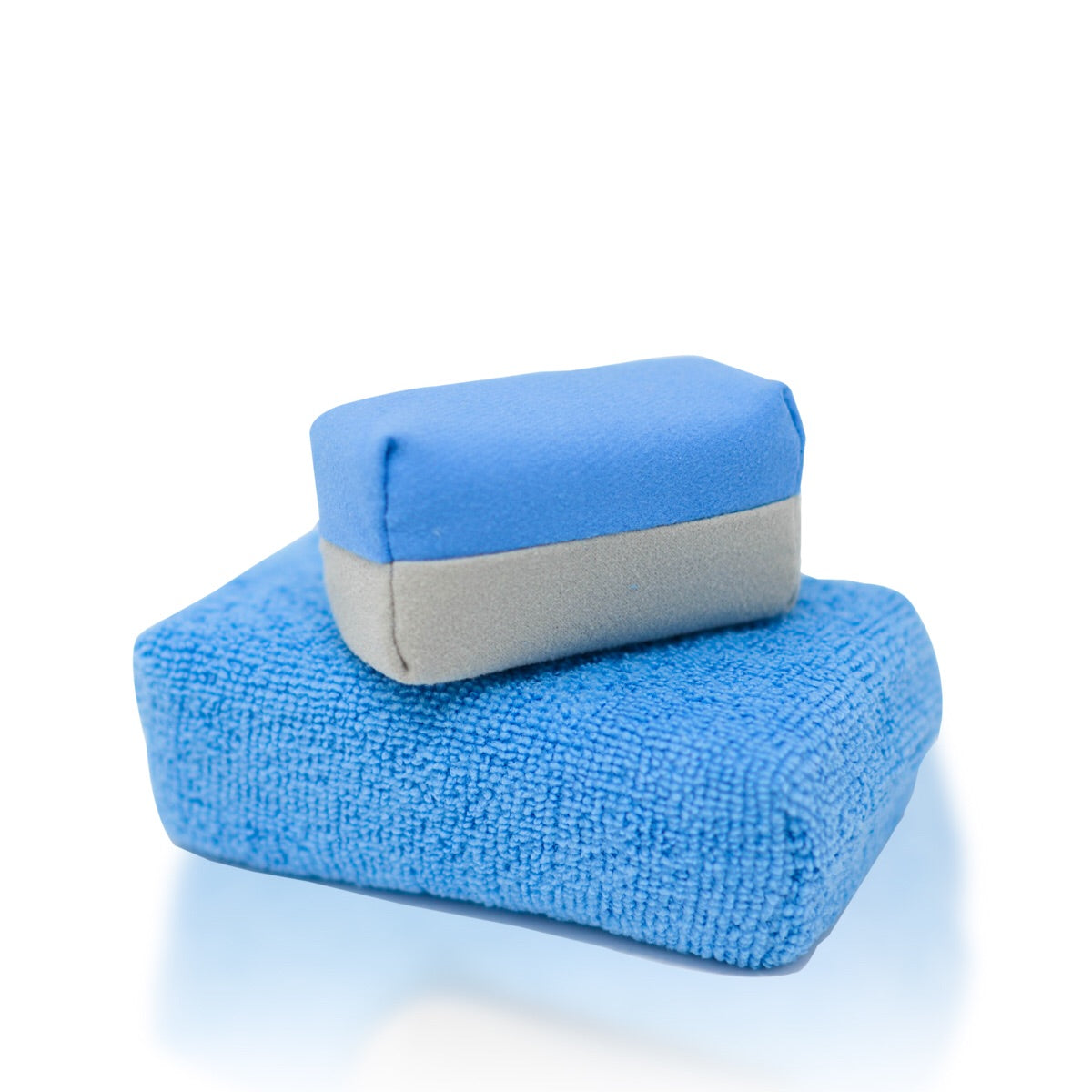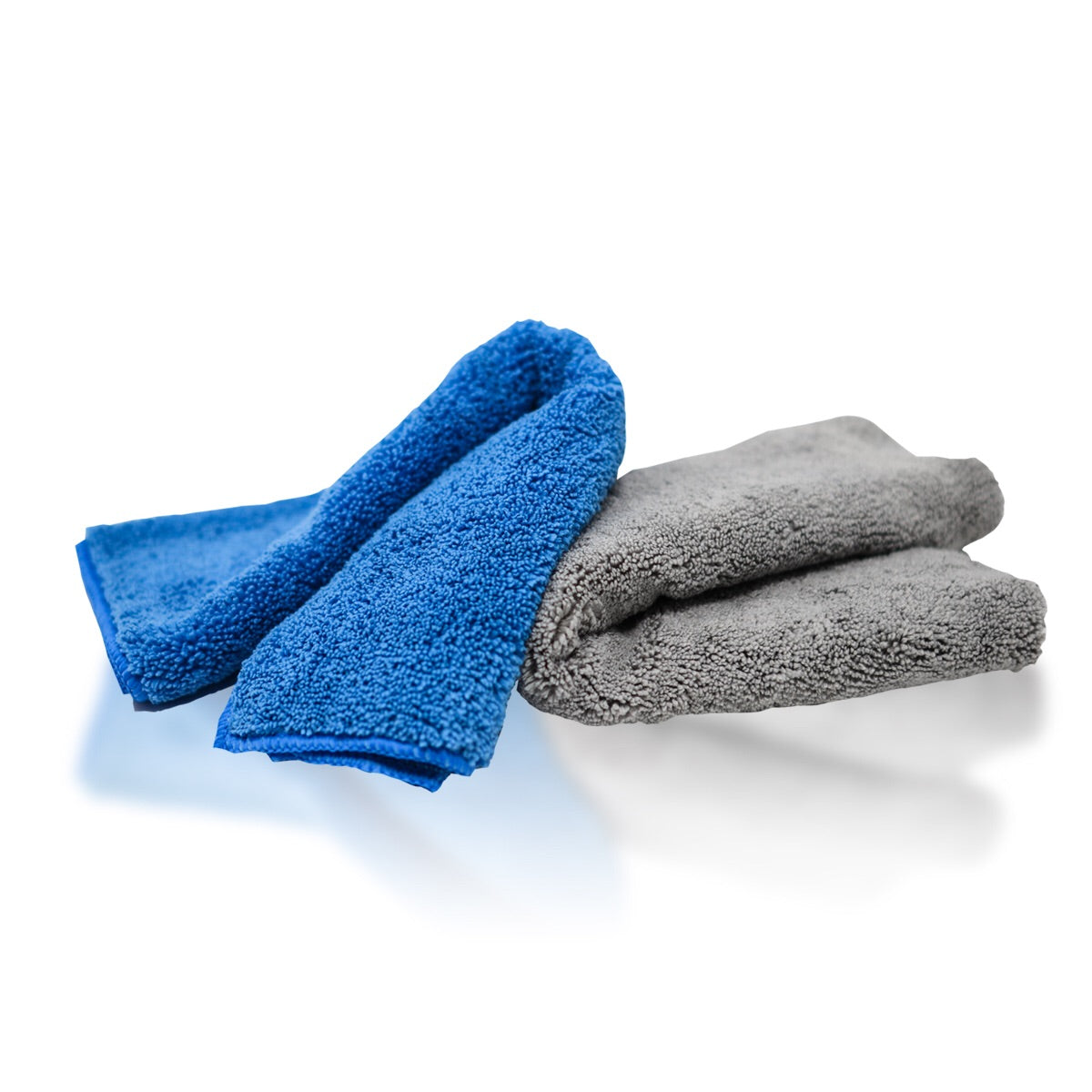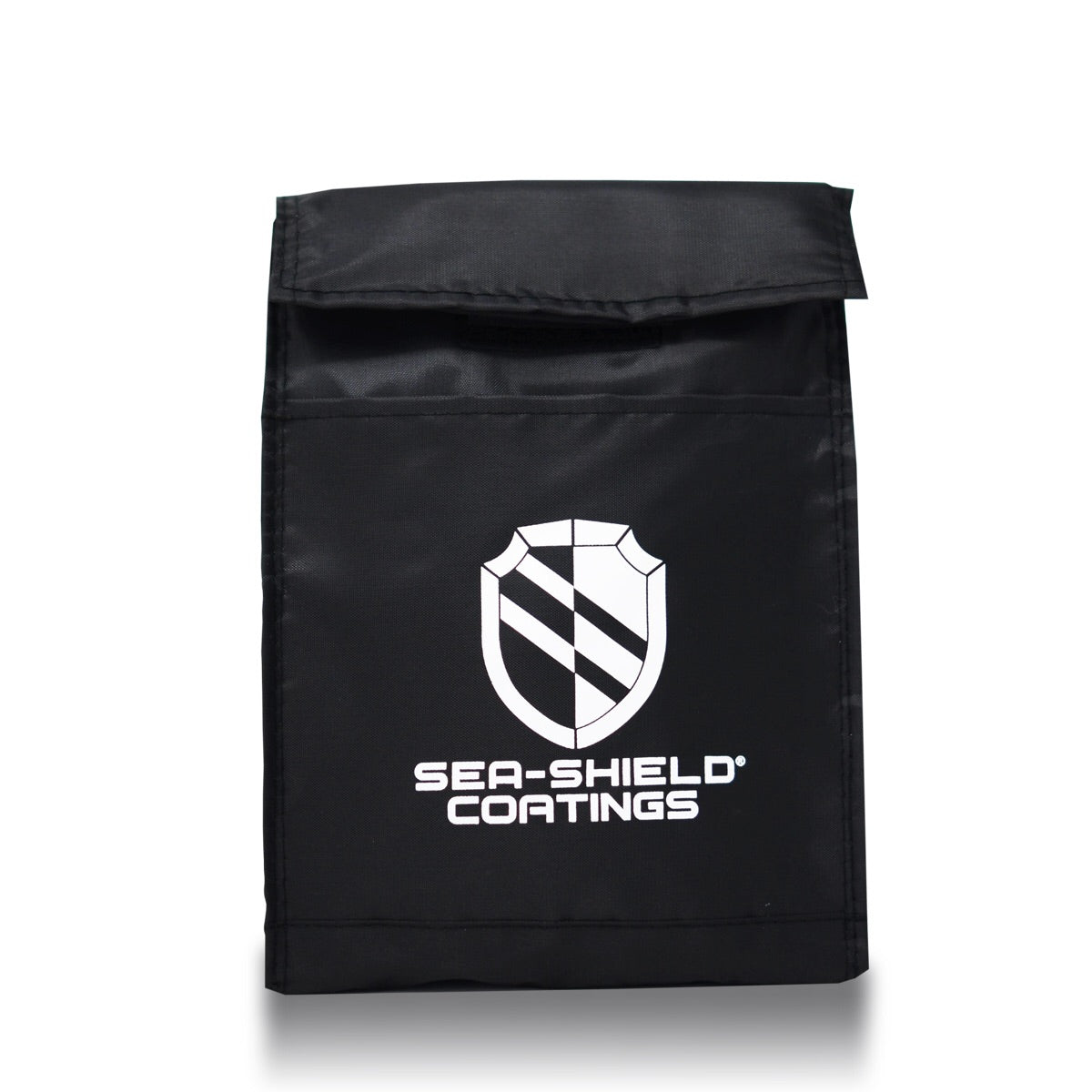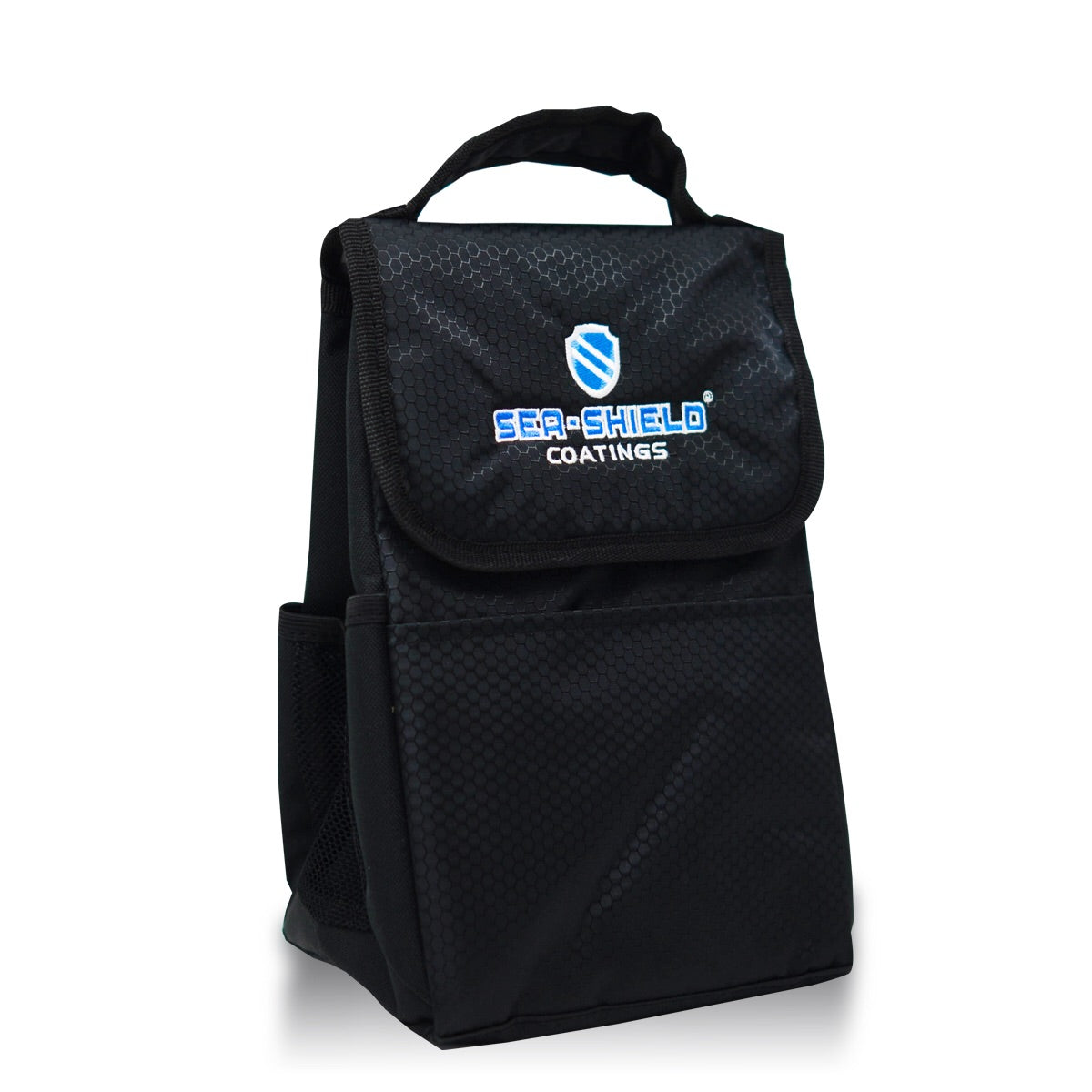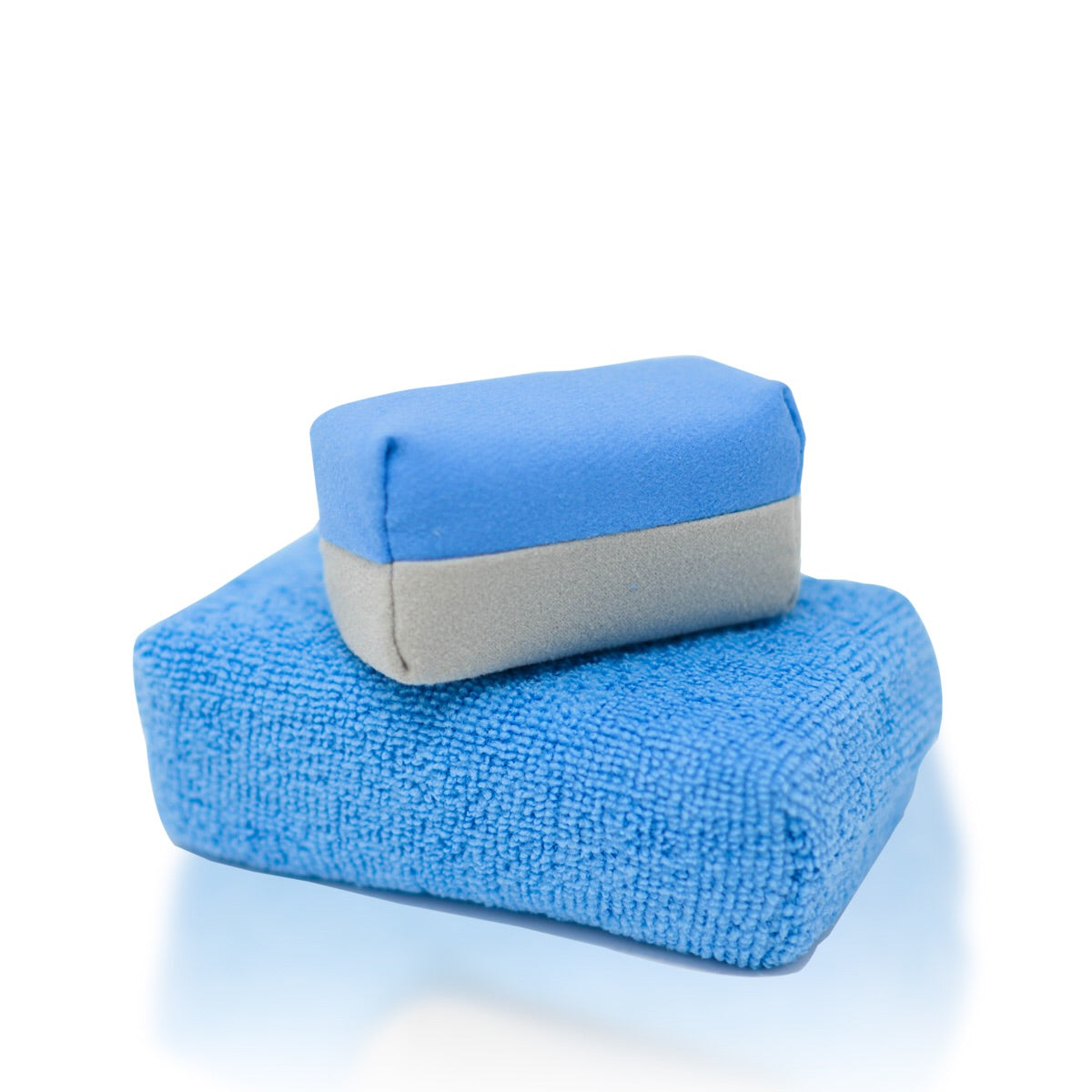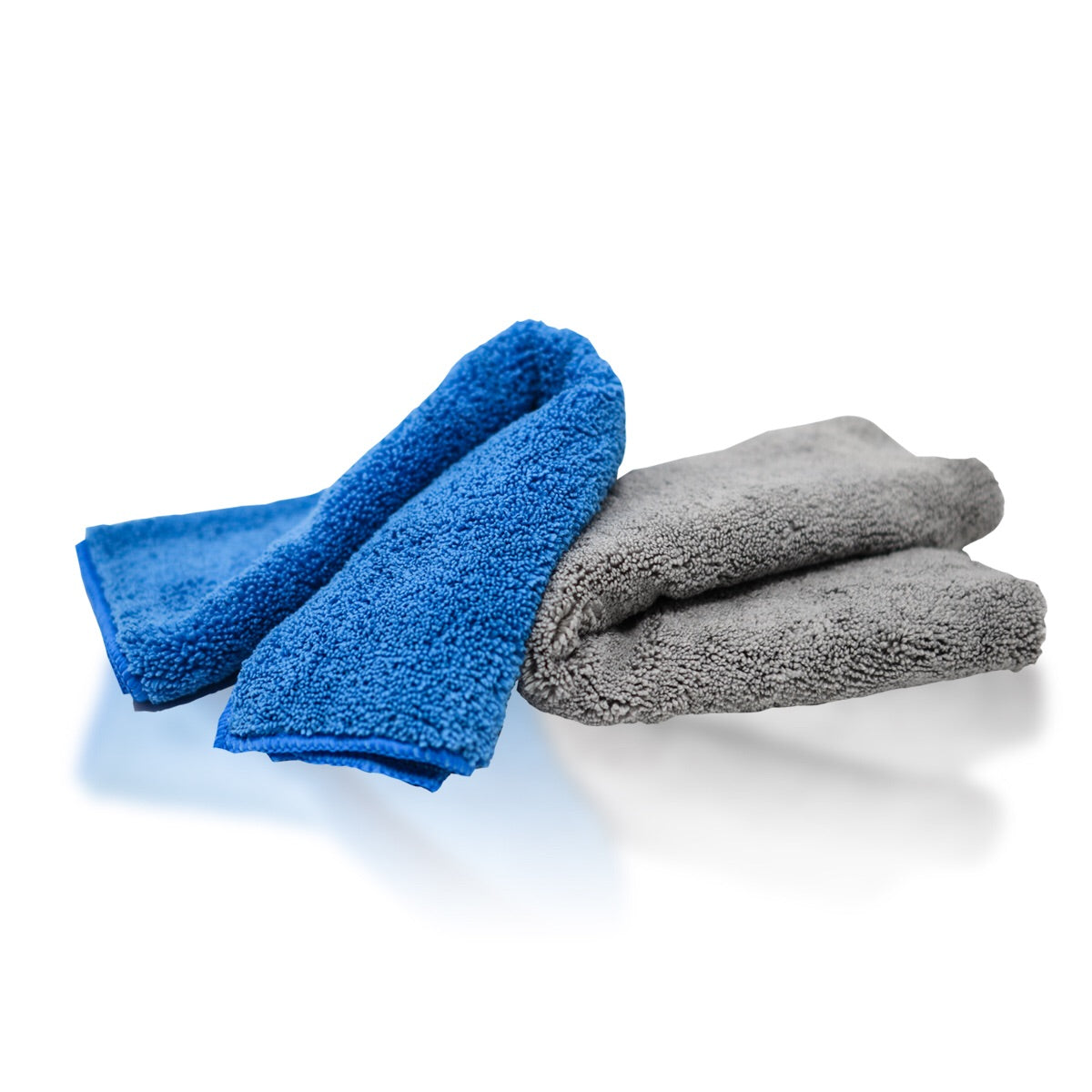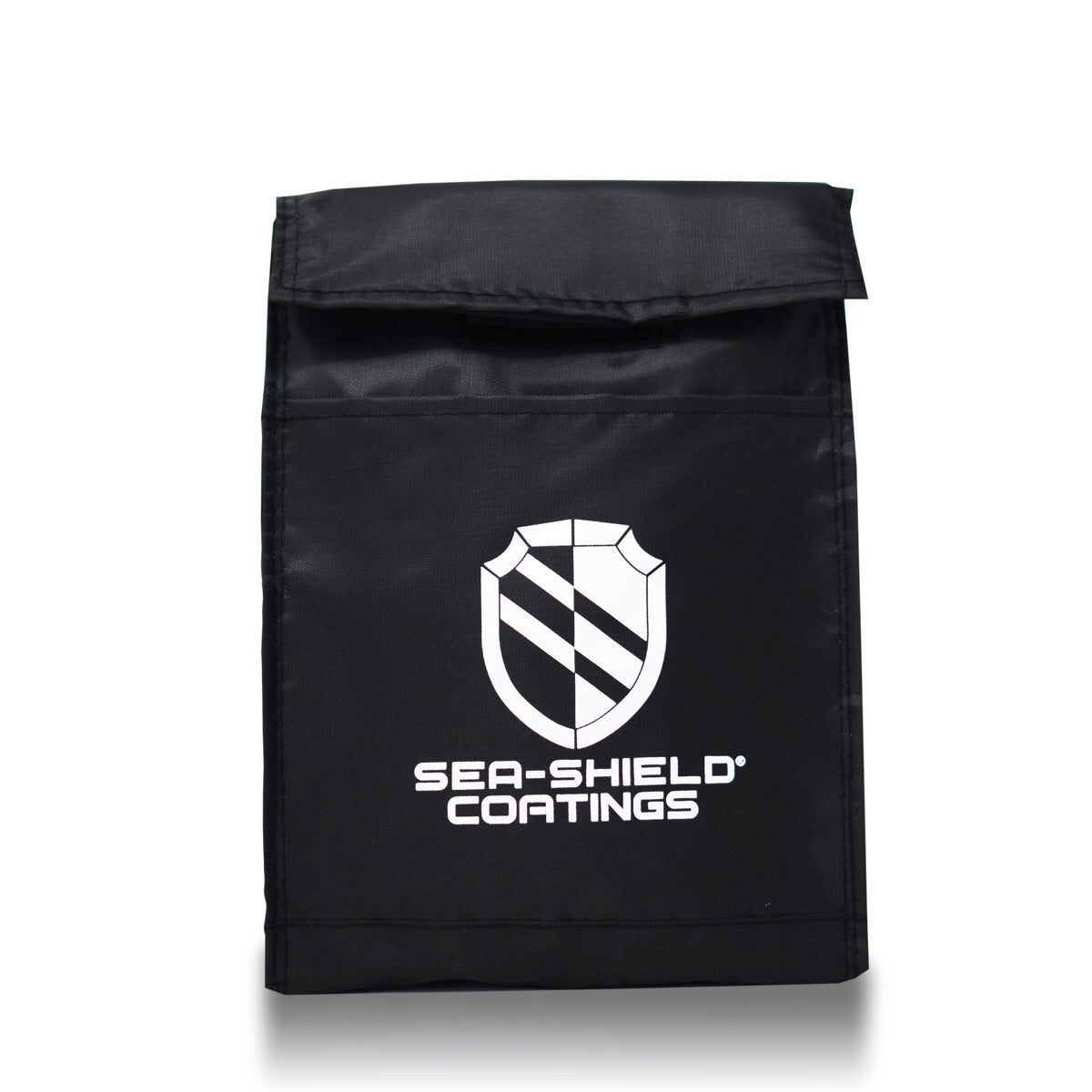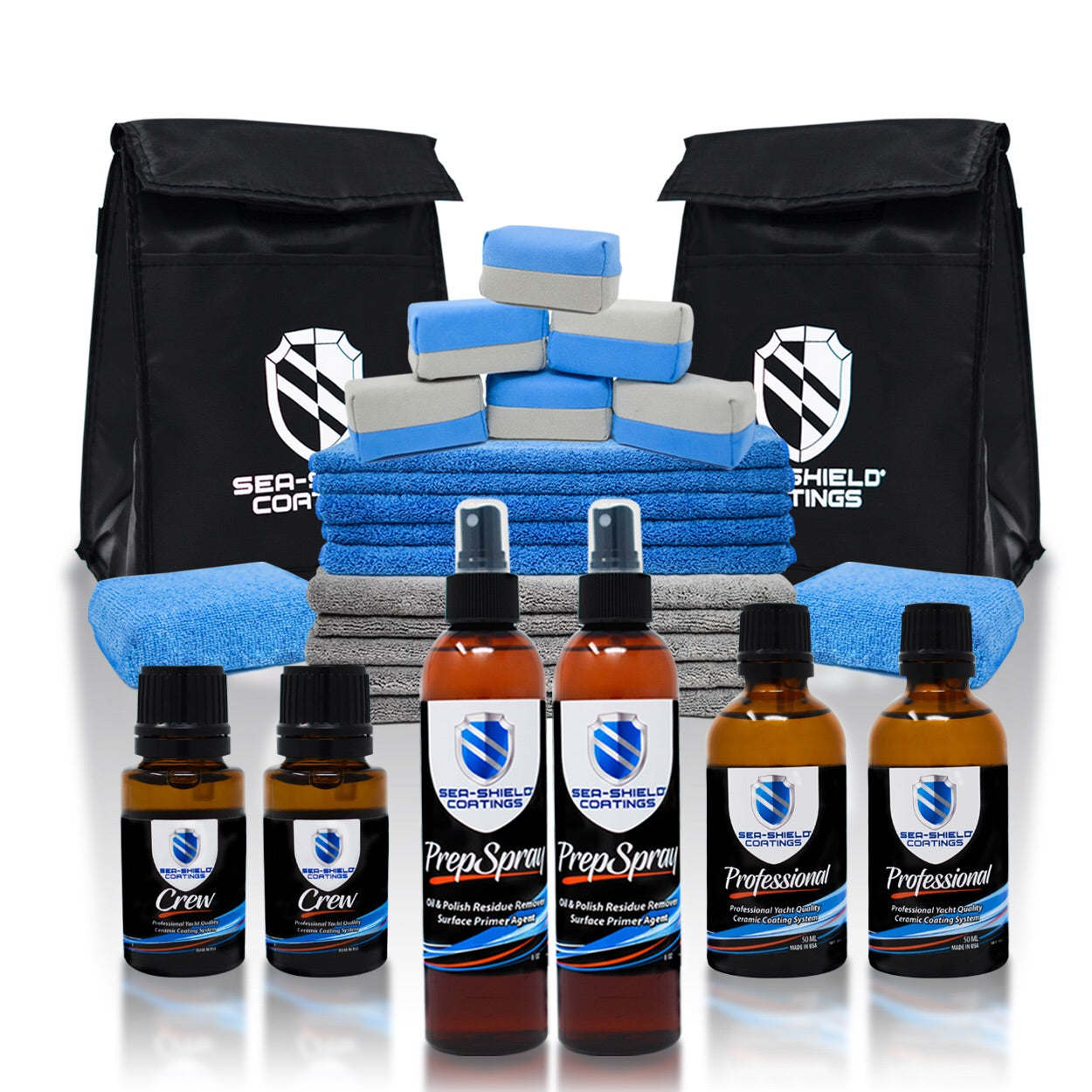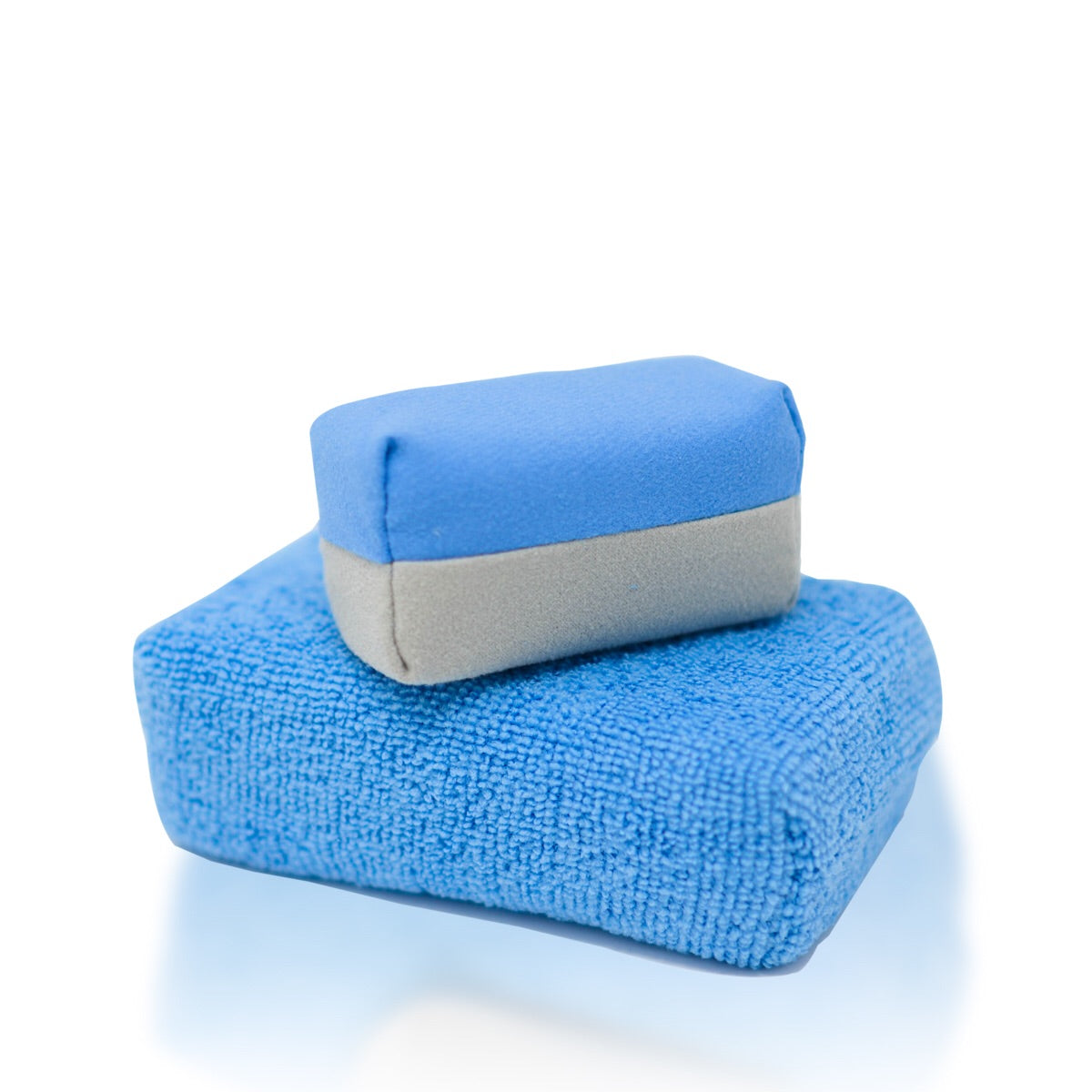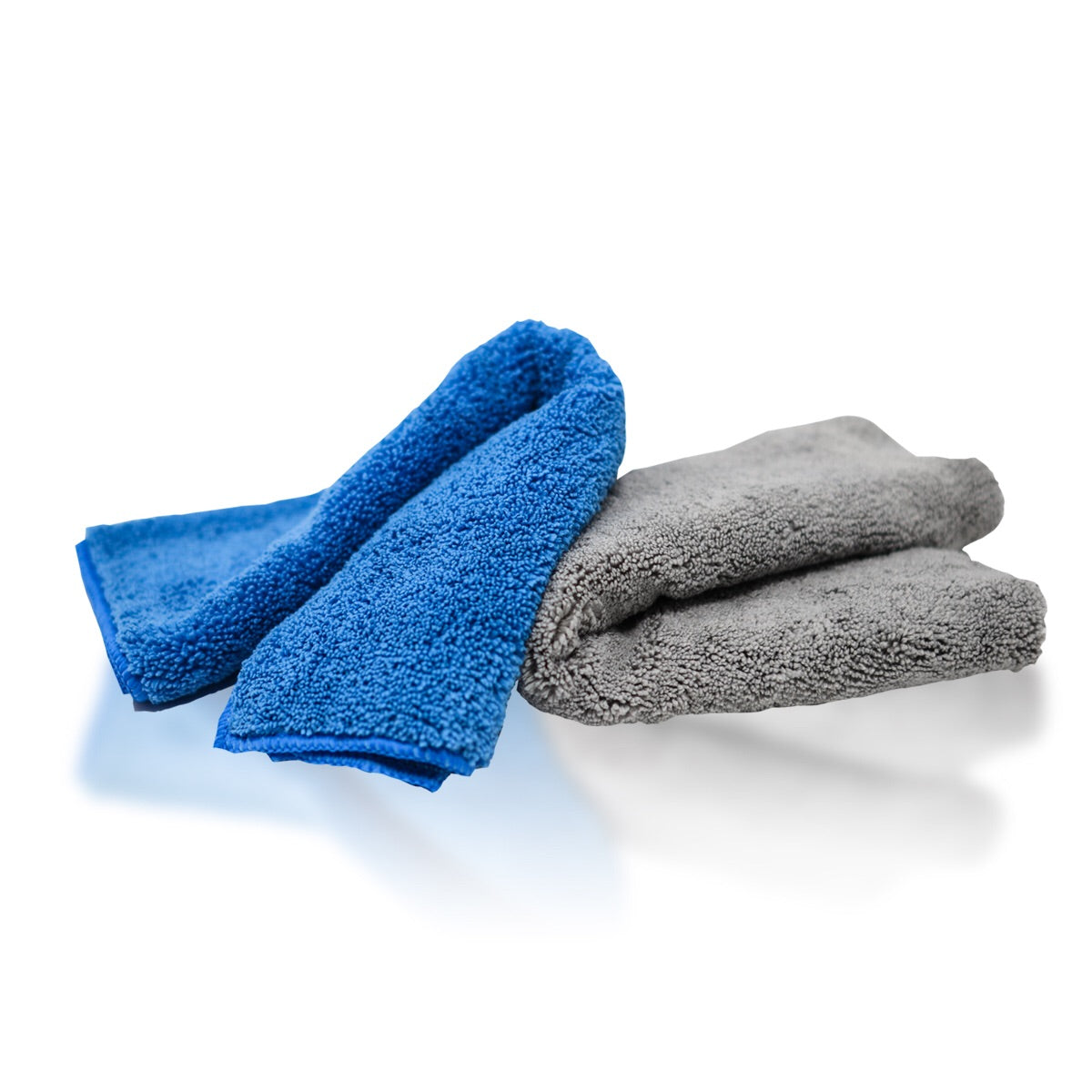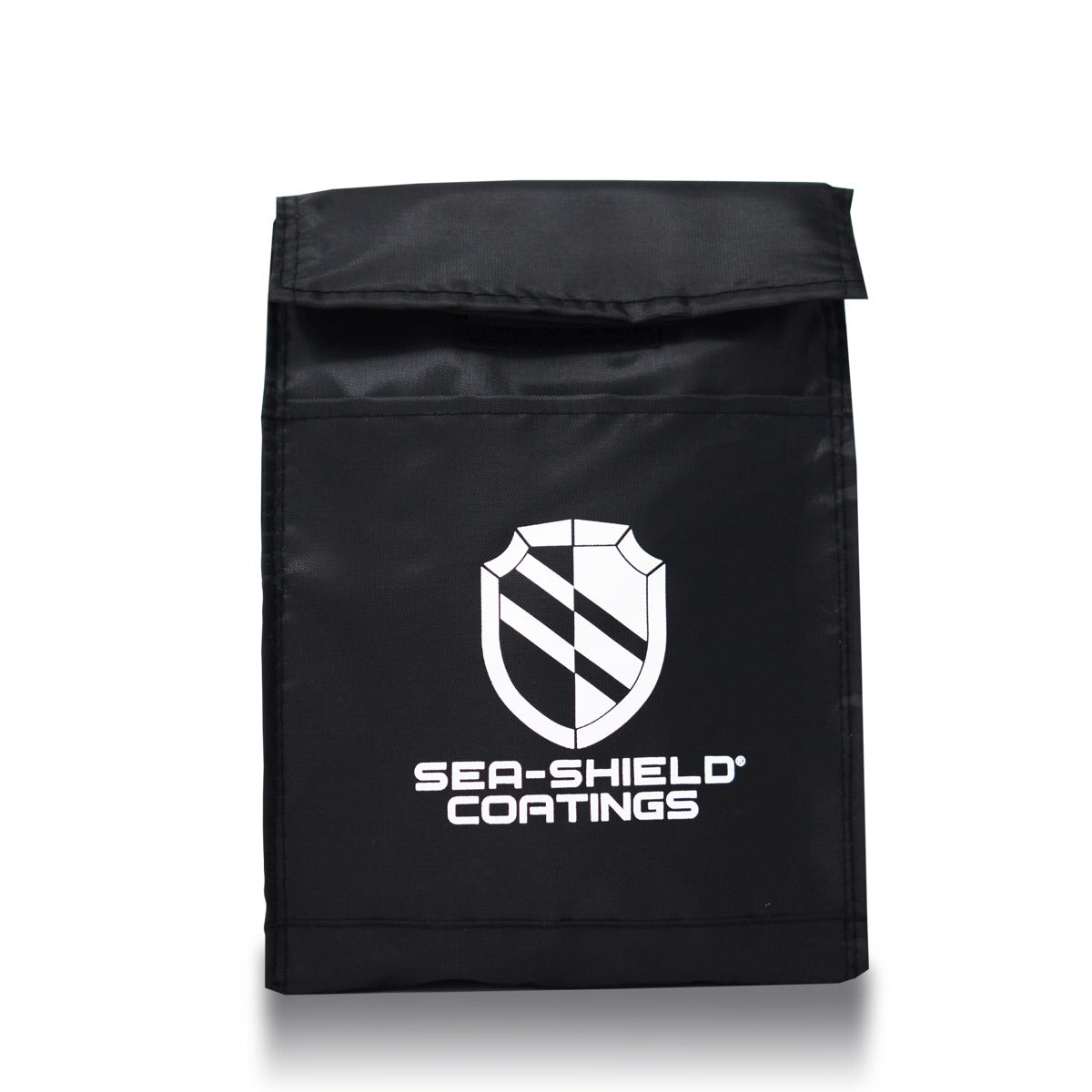The Makita machine polisher is well-known for smooth operation, adjustable speed control, and reliable performance.
Even the finest polisher needs a proper technique for great results. This guide will show you professional polishing tips and Makita polisher tricks to get the most from your machine.
- Set-Up
Make sure to tighten the handle and backing plate. Double-check that everything is locked in place before you start. This creates the base for a flawless finish.
After securing and centering everything, turn on the machine before touching the surface.
- Pad & Compound
Choose the appropriate pad and best polishing compound.
-
Foam pads work best to polish, delivering smooth and controlled outcomes. Wool pads pack more punch, great for heavy cutting and tackling deep flaws.
-
A cutting compound with a cutting pad helps remove deep scratches and oxidation. A finishing polish with a soft polishing pad creates a glossy, swirl-free shine.
Have you seen how a pad looks clogged after some use? This happens because compounds pile up fast, making them less effective. Don't push on with a loaded pad, switch it out. Have multiple polish pads to ensure you always work with a clean surface.
- Surface
Before you polish your boat, make sure the surface is clean. Salt, algae, and waterline grime can damage boats. If you don't remove these first, your polishing pads will spread the mess around instead of fixing the surface.
Wash off salt deposits, dirt, and oily residues with a marine-safe pH-balanced soap. Pay extra attention to the hull, deck, and areas near the waterline where buildup tends to be the worst.
Use a soft microfiber drying towel or a squeegee to prevent water spots from interfering with your polishing compounds.
- Technique
Work in a small area at a time. Pay attention to each part of the surface instead of rushing and missing spots.
Avoid pushing too hard, as this strains the machine, overloads the pad, and might damage the paint. Keep the movement steady with consistent pressure.
As soon as you finish a section, clean off the extra product using a microfiber cloth. If you wait too long, the compound will harden, making it tough to remove and possibly leaving residue behind.
- Speed
Set the right speed, and you'll get perfect results. You can run your Makita at high speeds, but without the right pressure, movement, or pad, you won't achieve great results.
-
Low speed (600–1,000 RPM): Start slow when you first apply your compound or polish.
-
Medium speed (1,500–2,000 RPM): Your Makita polisher cuts through defects (scratches, swirl marks, and oxidation) at this range with the help of the appropriate pad and compound.
- Maintenance
Dirty polishing pads can create swirl marks, leave streaks, or even scratch the paint instead of refining it. Clean them often. Switch pads mid-polishing if they look gunky, and wash them after every session.
Store your Makita machine polisher in a dry, dust-free place, preferably in a storage case or on a shelf away from humidity. Clean it after each use, blow air to remove dust from crevices, and check for any loose screws or worn parts.
- Safety
Protect yourself. A basic dust mask or respirator will keep your lungs clean and help you stay focused. Wear safety glasses or goggles to guard your vision and avoid irritation.
Conclusion
The Makita machine polisher is a powerful tool and this is for experienced detailers and professionals. A bit of regular maintenance helps it work at its best.

